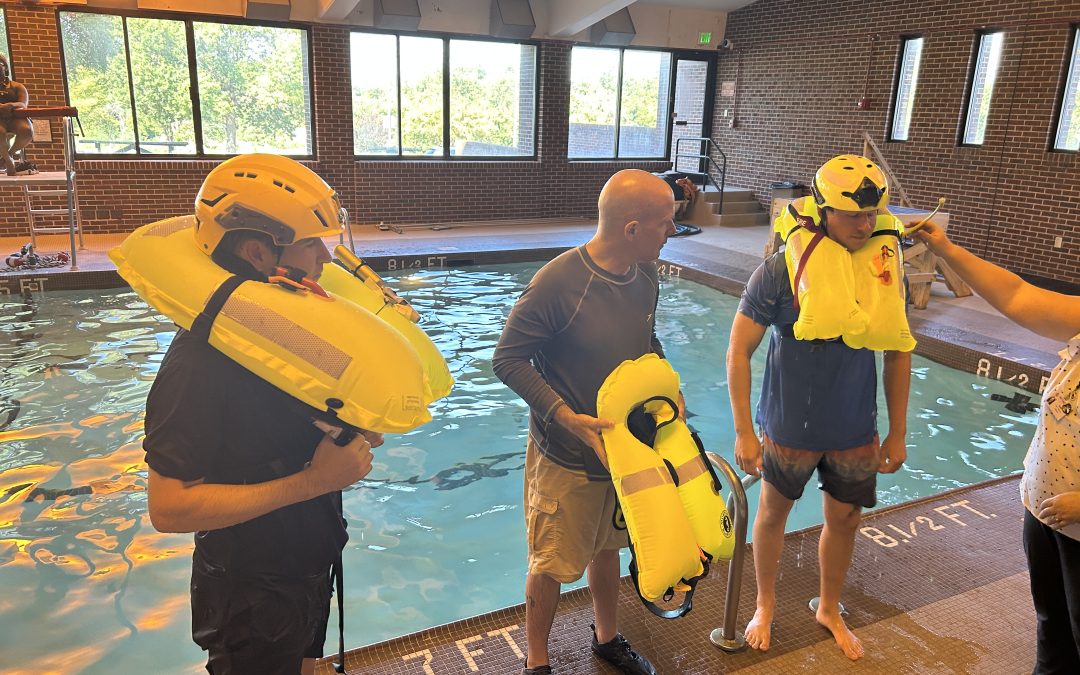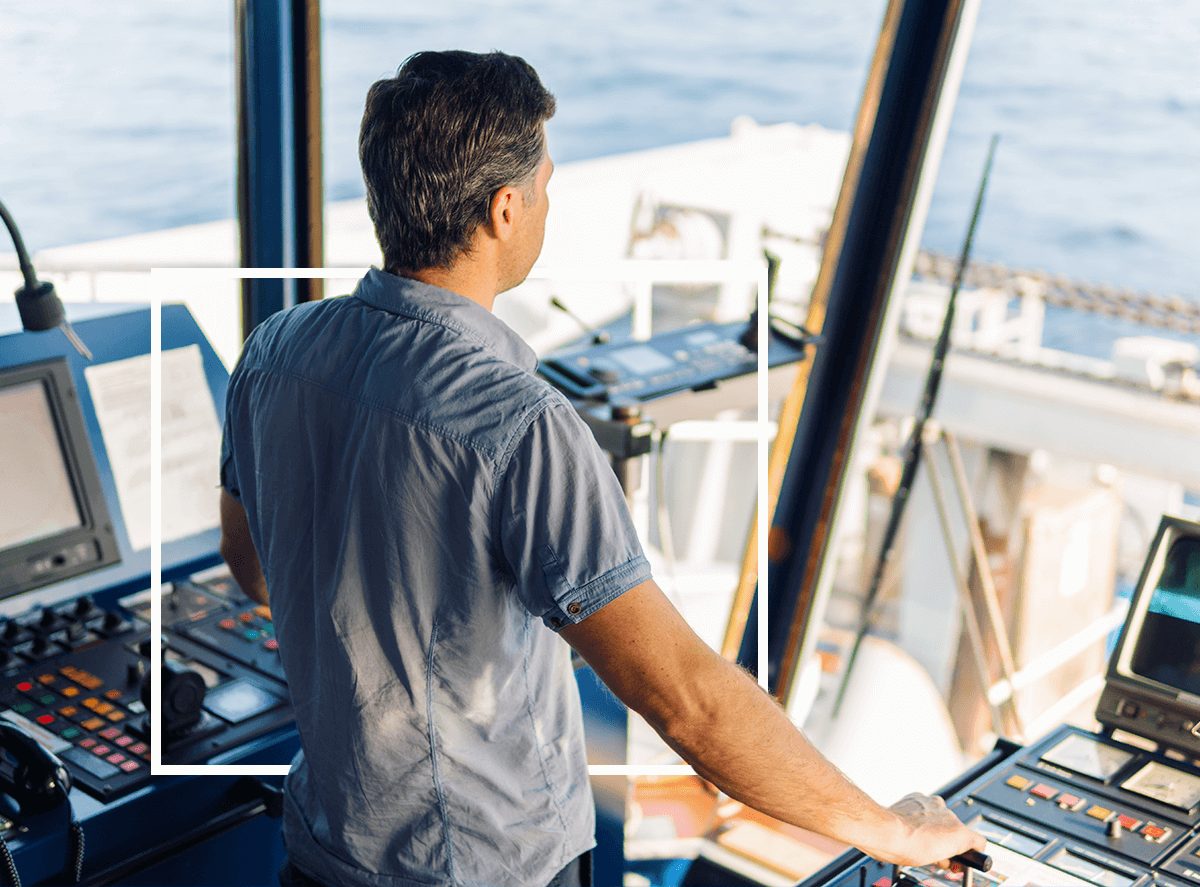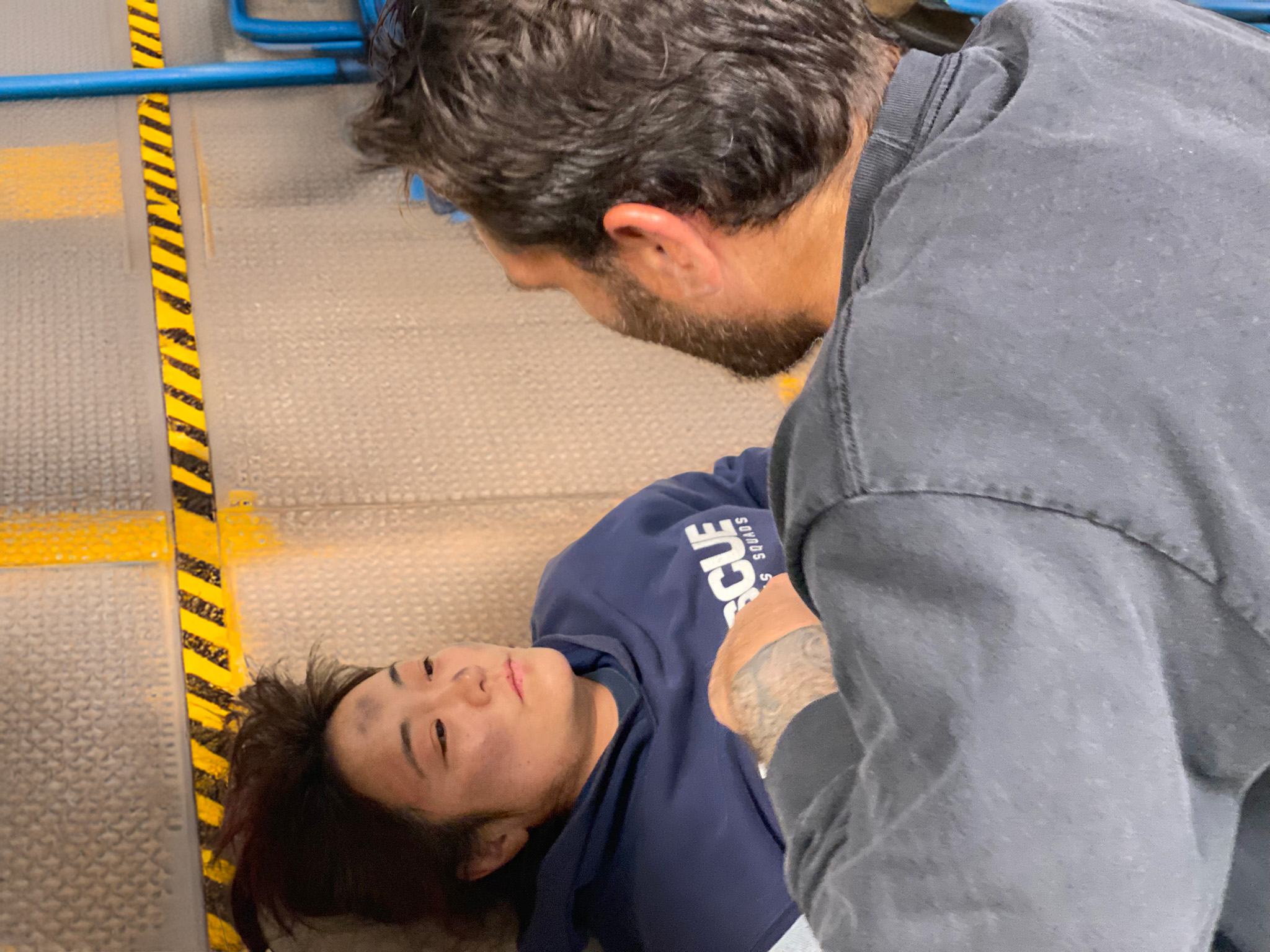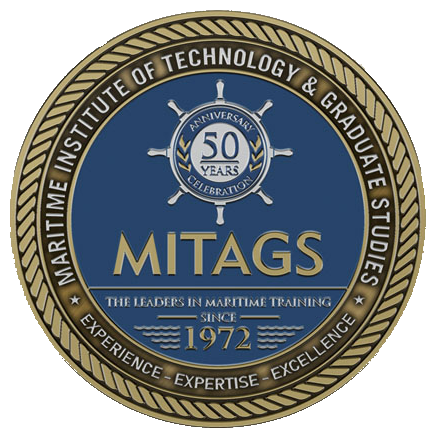Every pilot transfer is a leap of faith — literally. With just a few feet of rope, wood, and careful rigging between them and the ocean below, maritime pilots regularly face one of the most dangerous parts of their job before they’ve even set foot on a vessel.
Unfortunately, the risks aren’t just theoretical. Despite international regulations, real-world pilot ladder incidents — slips, falls, and even fatalities — remain a persistent threat.
The Hidden Dangers of a Routine Climb
It’s easy to assume that something as simple as a rope ladder is low risk. But data tells another story. According to the American Club, nearly 25% of seafarer injuries come from slips, trips, and falls. The financial impact is staggering over $5 million in incident costs across just 50 case studies. And for pilots, the consequences can be fatal.
These accidents often stem from preventable issues:
-
Poor or incorrect rigging
-
Worn, non-compliant ladders
-
Improper ladder setup
-
Violations of SOLAS Chapter V
-
Makeshift connections that can fail in rough conditions
Most experienced pilots can recount at least one near miss. Many can name a colleague who didn’t make it home.
Training for the Unexpected
At MITAGS, we believe no pilot should risk their life due to inadequate training or awareness. That’s why we developed the Pilot Ladder Safety Course — a two-day immersive training program designed for working maritime pilots.
Participants learn to evaluate rigging, assess ladders against SOLAS and ISO standards, and assert their right to refuse unsafe transfers. Real-world case studies reinforce not just what went wrong — but how it could have been prevented.
Realistic, Hands-On Ladder Transfer Simulations
Training Tower (1m, 2m, 7m Transfers)
Our training tower allows pilots to practice transfers at 1, 2, and 7 meters, offering progressive exposure to climbing heights and transition points in a safe, controlled environment.
Wet Trainer (Up to 3m Water Entry)

The wet trainer allows pilots to experience water-entry falls up to 3 meters, reinforcing emergency response skills, recovery techniques, and situational awareness.
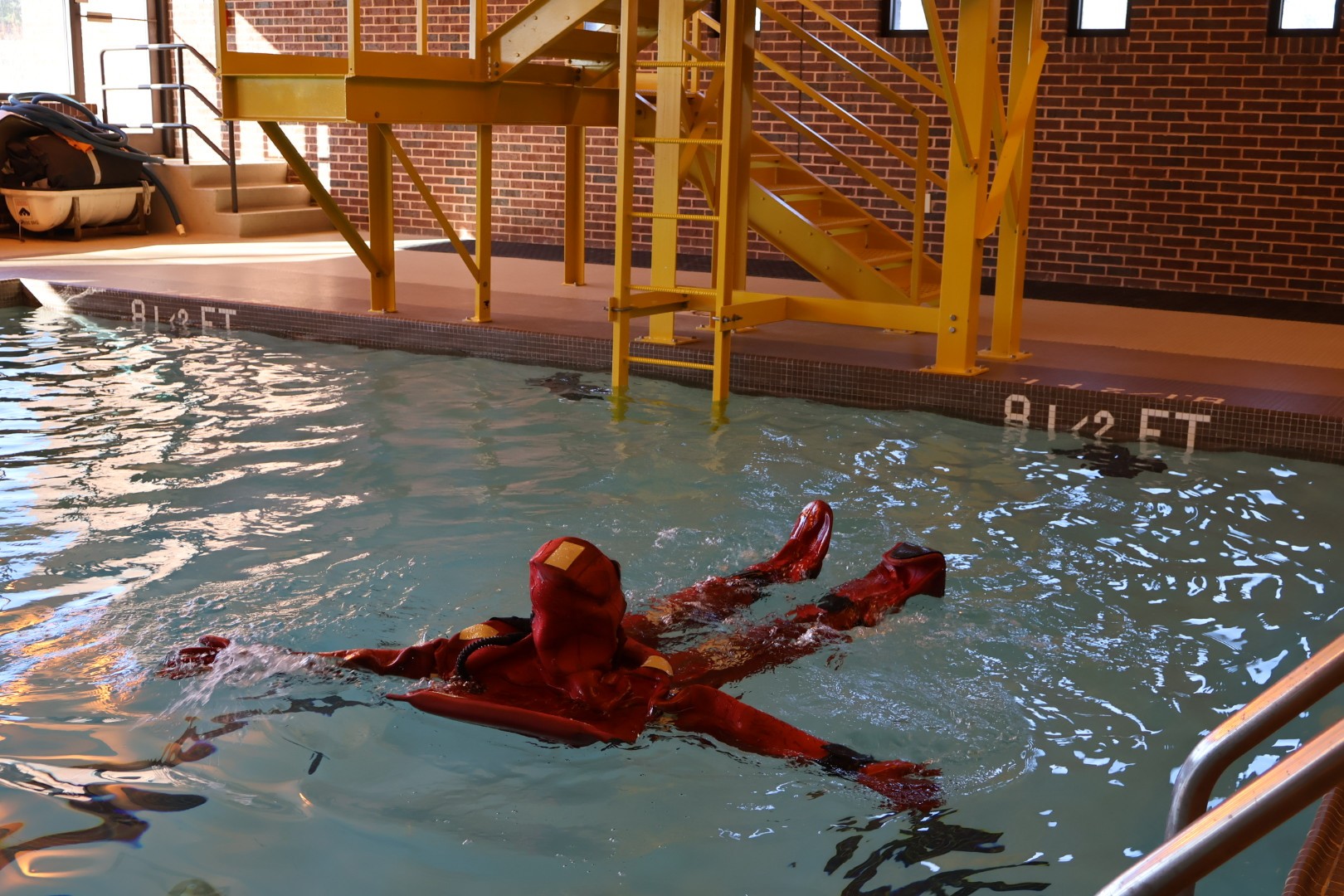
Pilot transfers occur thousands of times a day across the world. Most are routine — but when something goes wrong, it can be catastrophic.
Structured training ensures:
-
Greater pilot awareness
-
More consistent compliance
-
Better safety culture onboard
-
Fewer preventable injuries and fatalities
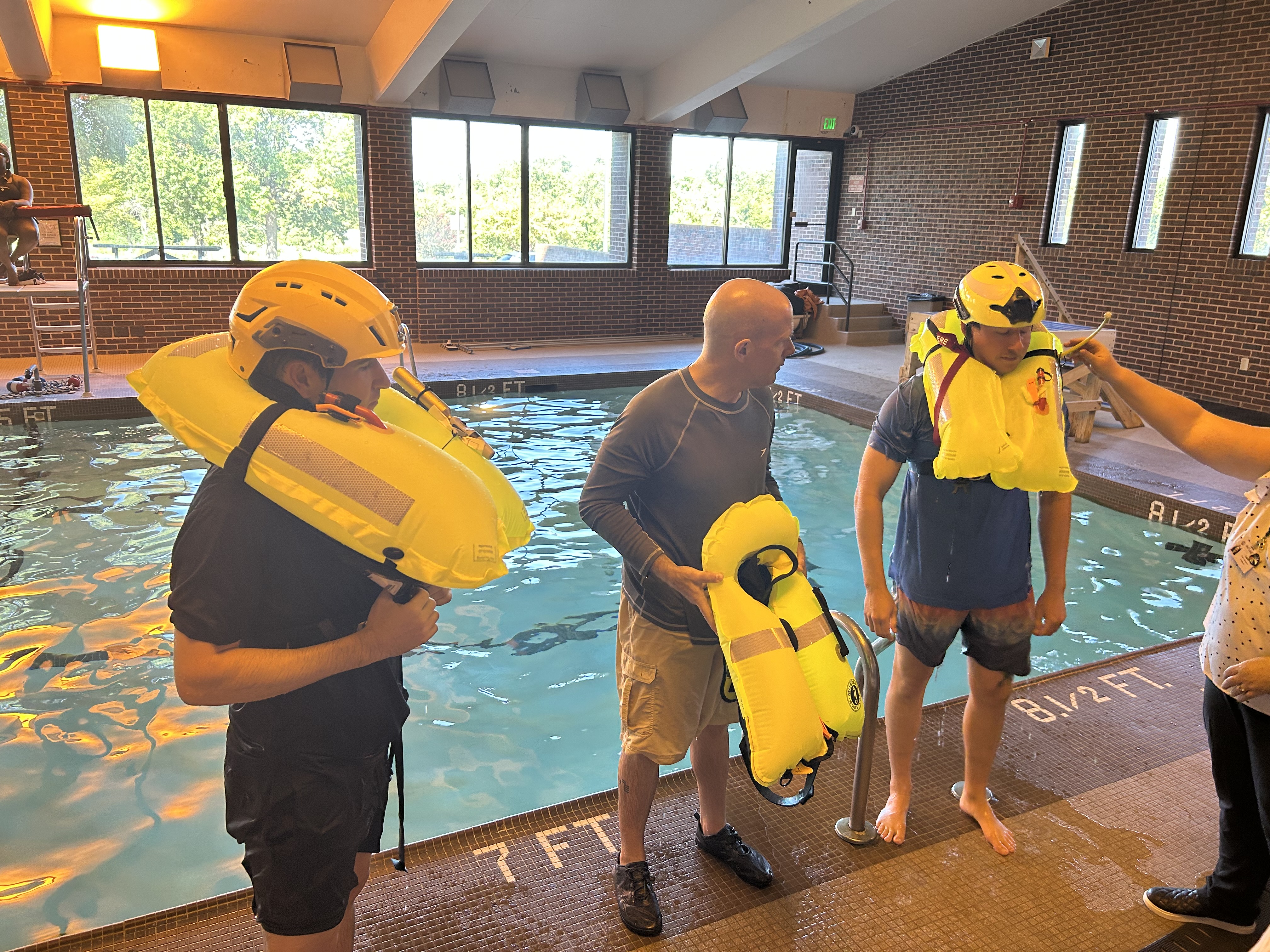
Every pilot who trains at MITAGS contributes to raising the safety standard for everyone at sea.

